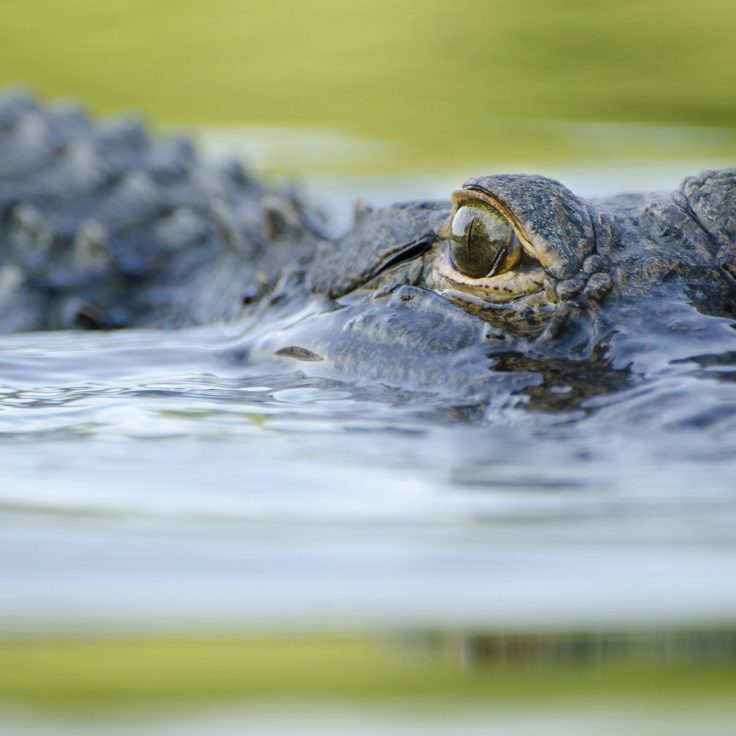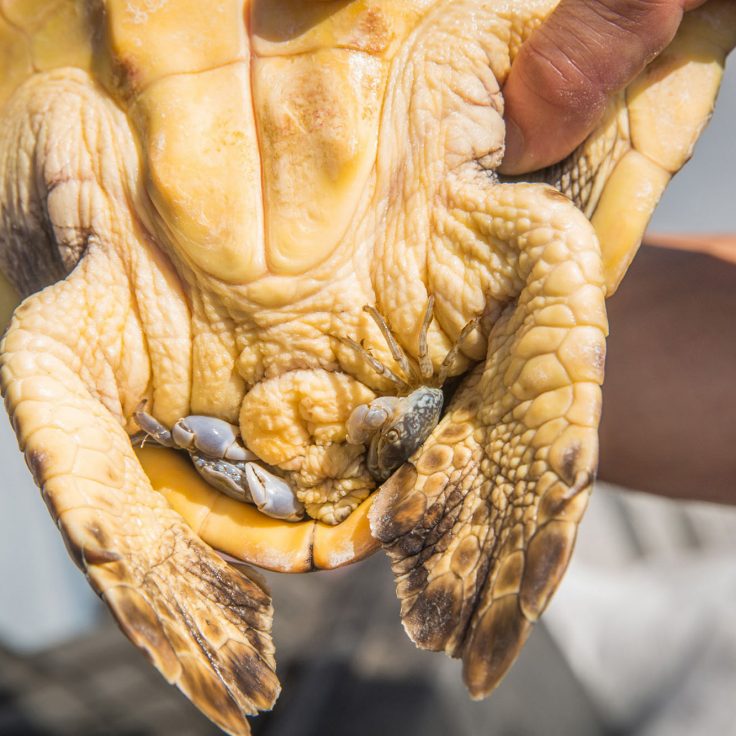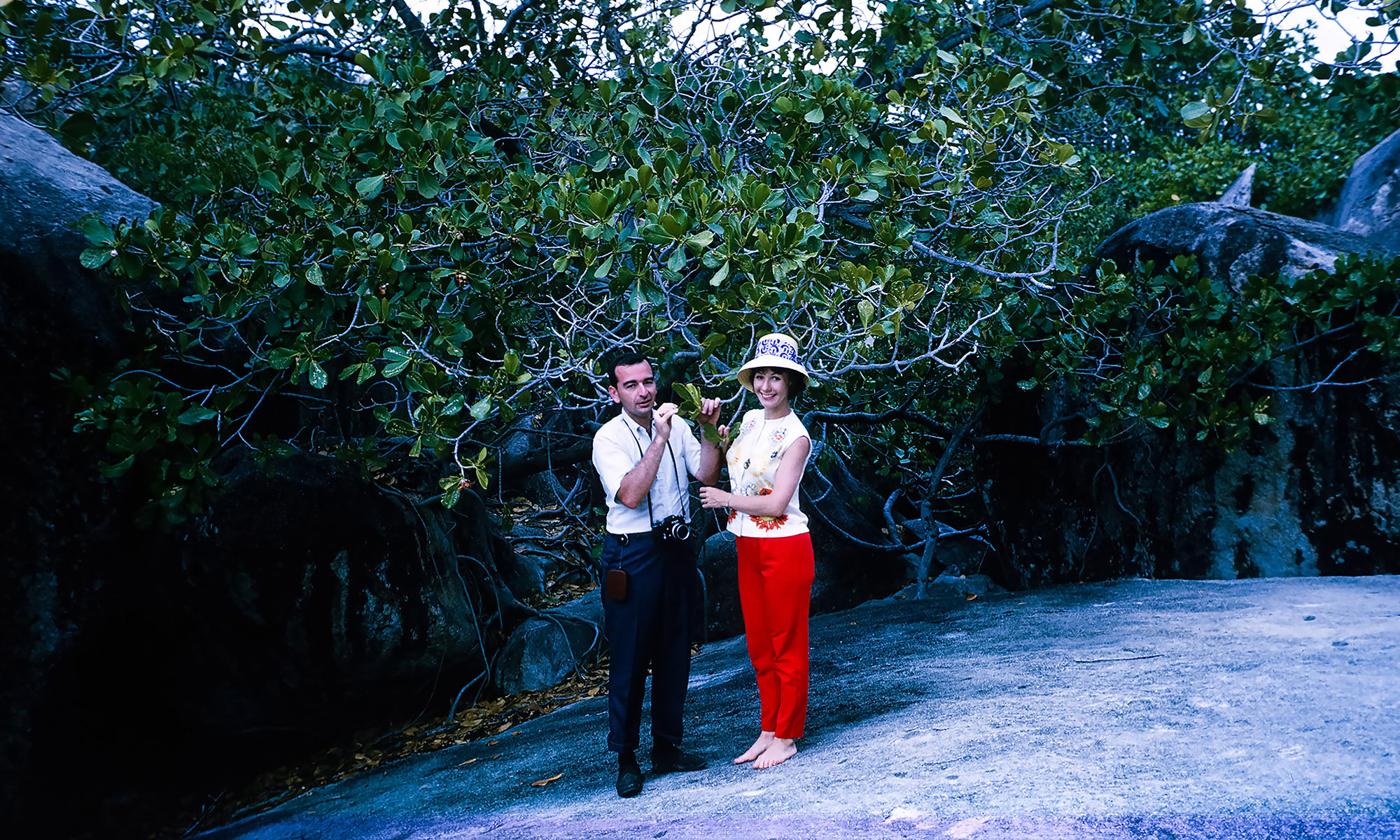
A Thousand Words
The love story of Charlotte ’59 and Fred Ward ’57, M’59 covers six decades of discovery and curiosity.
Moving from the sweltering heat and rural atmosphere of Huntsville, Ala., to balmy Miami in 1948 proved auspicious for 13-year-old Fred Ward. Perhaps it was the cross-cultural exchange of multicultural South Florida or the larger world connected by letters and packages delivered by his postal-worker father that made the young boy dream big. Whatever the impetus, his Coral Gables High School debate teacher saw his genius and had an inkling that lending him a camera and a darkroom to capture the world would serve his dreams. His gift was prescient: From the printing of that first photograph in the school newspaper, Fred achieved immediate success.
Two years into college, while on a summer stint at the Miami Daily News, Fred got an assignment to photograph a graduating Gables classmate, Charlotte Mayes. The spark was vivid as the two recognized each other’s talents. They went on their first date her first night at UF and married three years later. Reminiscent of his serendipitous photographic debut, Fred earned his way through college on the staff of the Alligator, the Orange Peel, and the Seminole. While Charlotte finished her BA and her teaching certificate, Fred completed his BA in political science and Chinese history and his Master’s in journalism and communication. In a postmodern era of sociopolitical turmoil, he began to realize his potential to reveal truths through silent stories.
“Everything about Fred was remarkable. He used his relentless drive, vast curiosity, and creative potential to reveal a rapidly changing world. Befitting a movie hero, how I wish that we could make a Fred Ward sequel.”
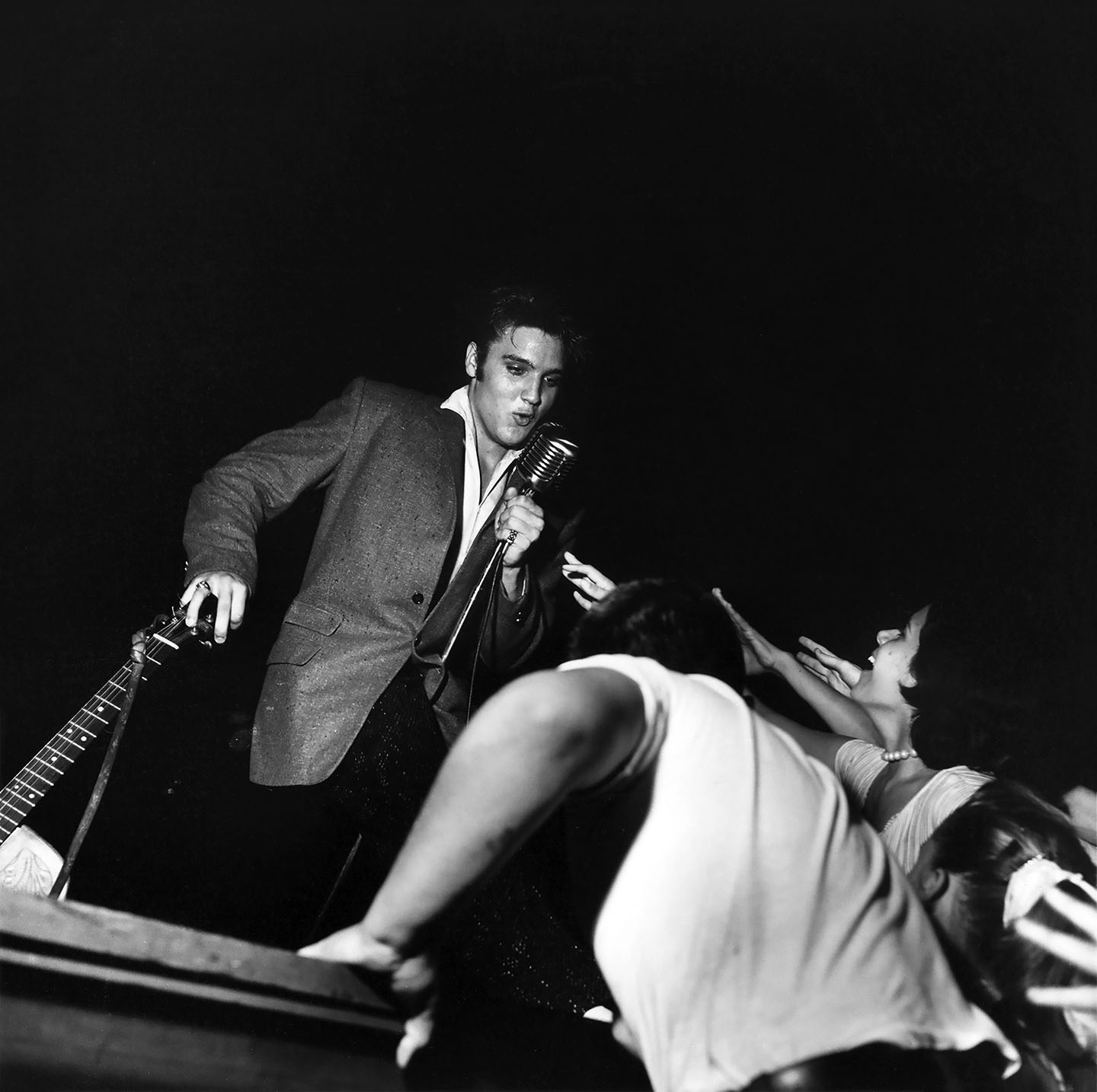
As if his camera were an extension of his body, Fred excelled in a UF photography class. The semester after taking the first course, the administration asked him to teach it. He and Charlotte spent their downtime at Ginnie Springs, where he set his sights on learning to dive. Postwar scuba and the rudimentary Jacques Cousteau Aqua-Lung inspired Fred to commission a custom-built Plexiglas® casing for his camera. Then, true to form, he jumped feet first into the 72-degree crystal-clear water to expand his photographic prowess. With no formal training and no weight belts, he and Charlotte stuffed rocks into their pockets to stay submerged. Afterward, they frequently dived with friends from South Florida, Jerry and Idaz Greenberg, authors of an extensive series of underwater books and plastic wildlife cards. In 1990, Jerry and Fred raised an outcry in a National Geographic article, “The Coral Reefs Are Imperiled,” that led to designating 2,900 square nautical miles as the Florida Keys National Marine Sanctuary.
With Charlotte by his side, being a modern-day journalist proved profoundly satisfying. They both loved to write, and as a teacher and master communicator, Charlotte understood how to tell the stories. In many ways, their talents and personalities complemented each other. She was the Mulder to his Scully, bright-eyed and optimistic whereas Fred questioned narratives and dug deep into the background, earning him the family nickname of “Indiana Jones.”
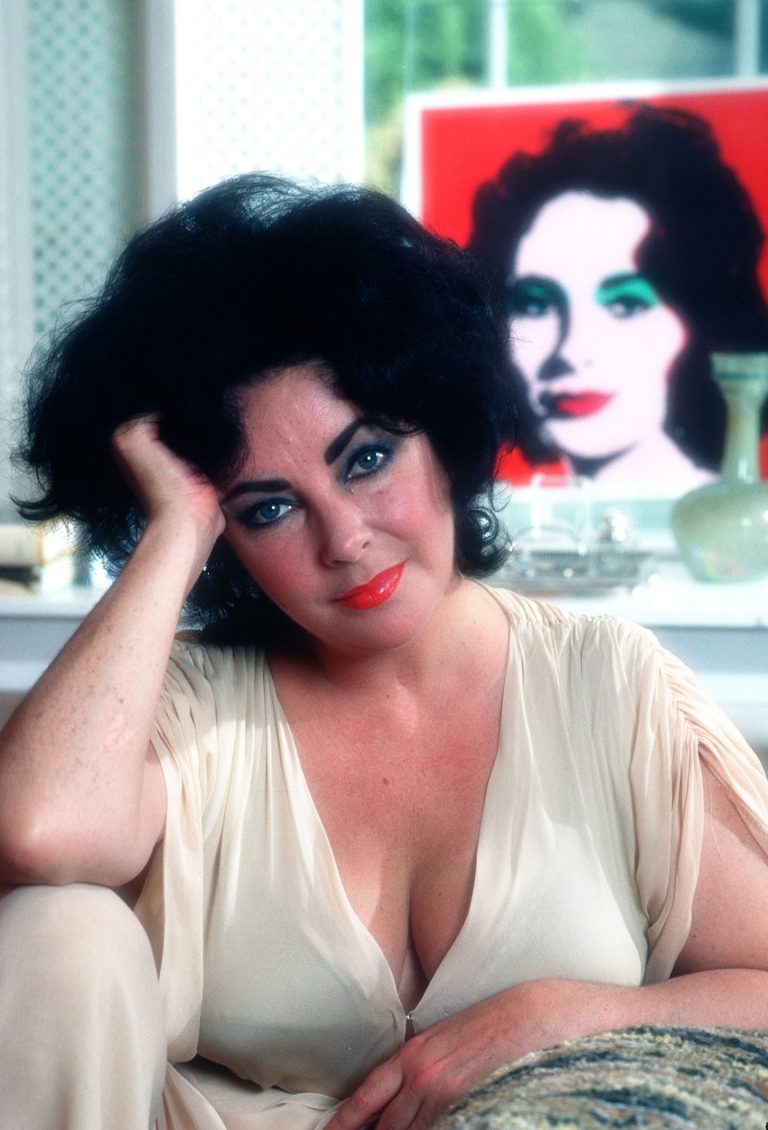
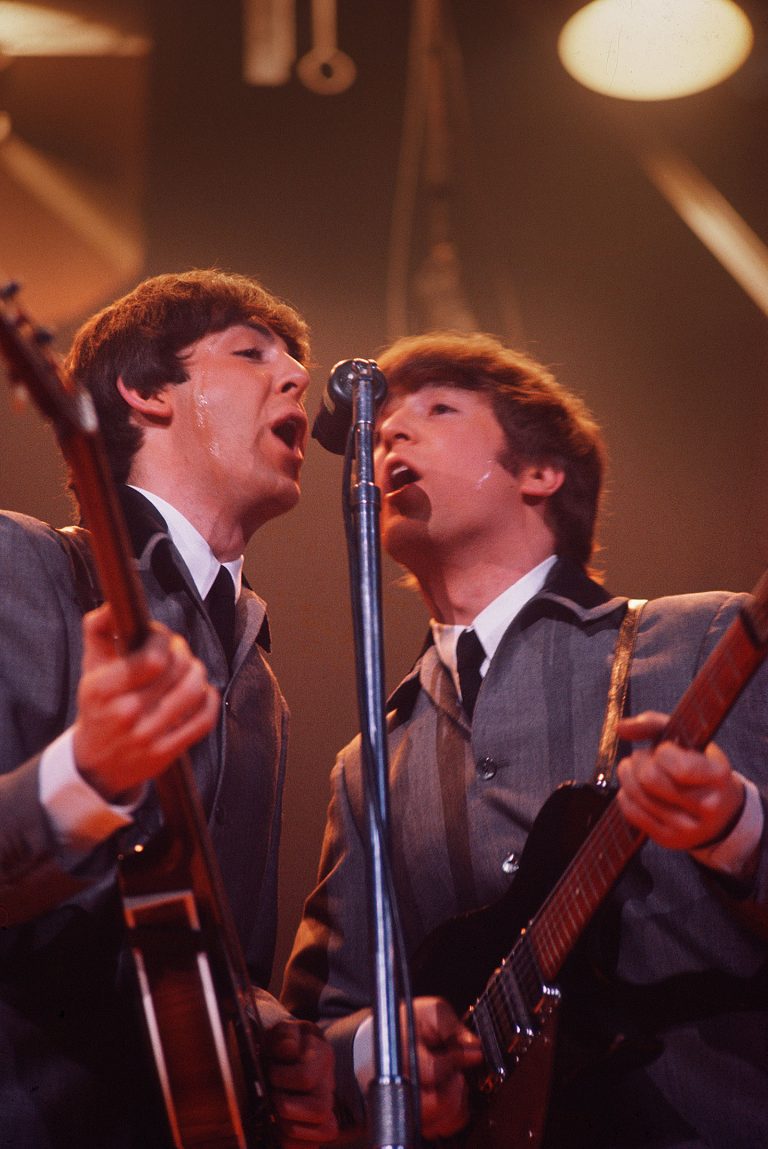
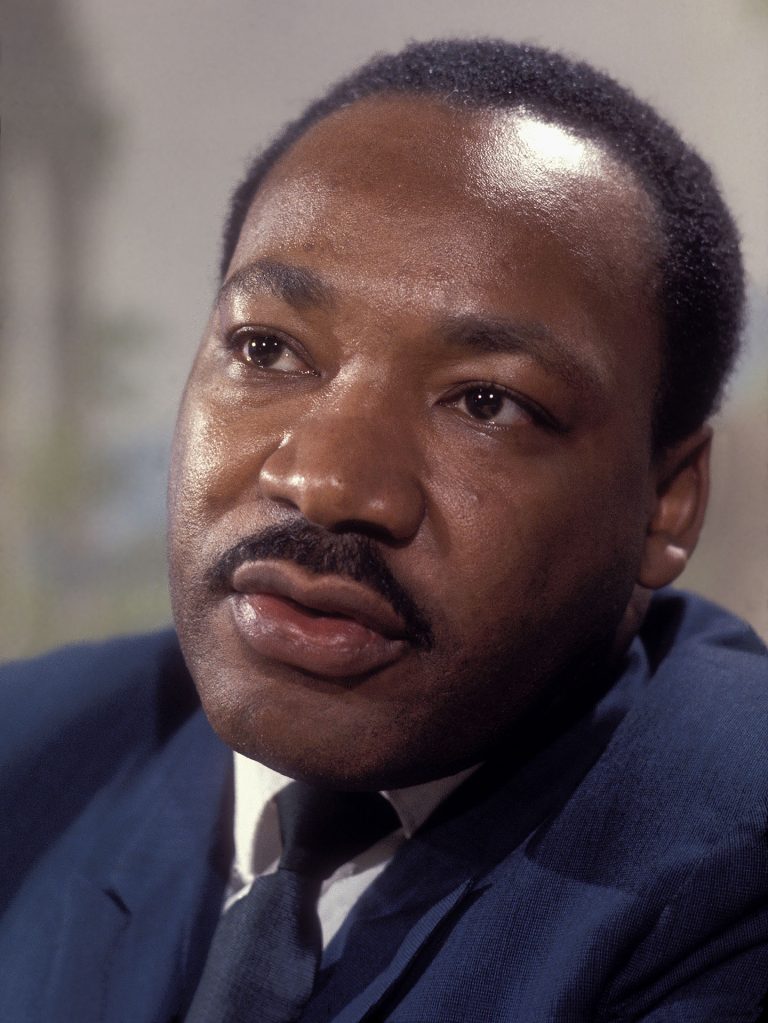
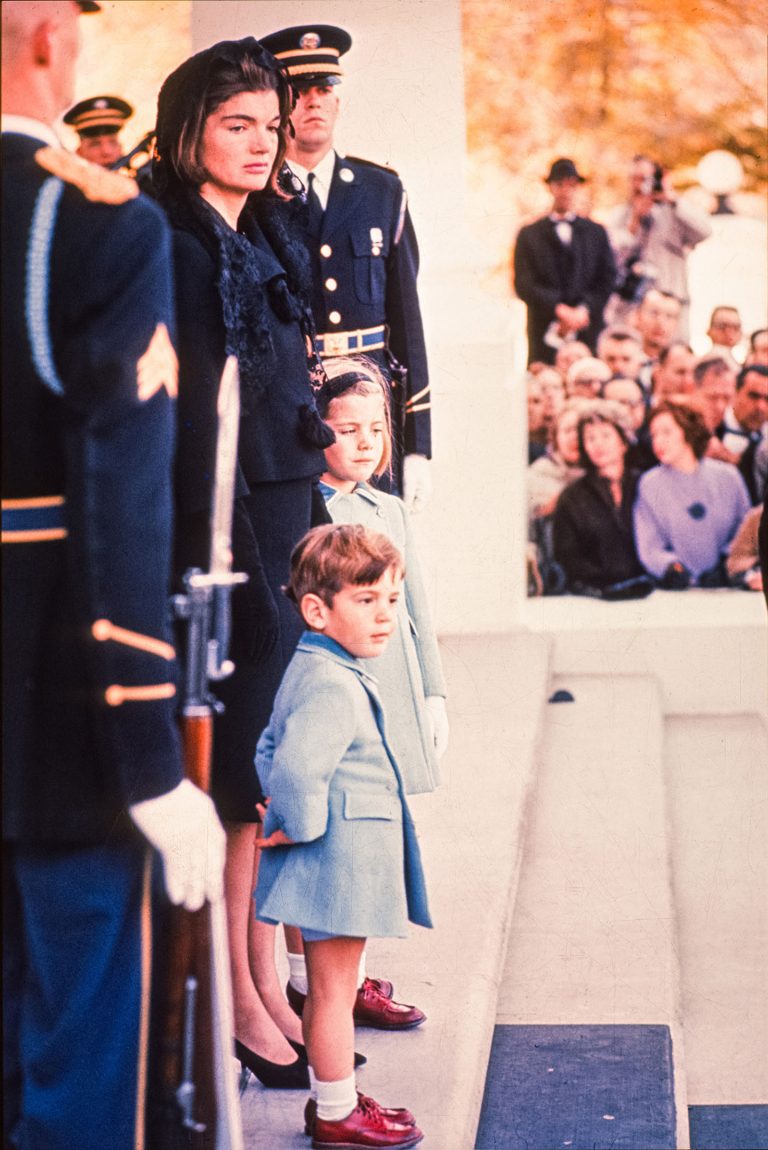
While still in his 20s, Fred started concentrating on long National Geographic assignments. A world map marking his travels grew to resemble a swath of pushpin art. Very like Dr. Jones, Fred delved into the hidden realm behind the illusions and booby traps. He examined many aspects of pop culture and its shadowy corners, discovering the brooding soul beneath the celebrity persona, capturing the quiet moments of world leaders and revealing the corruptive secrets of environmental and urban decay. The quality of his work might have looked like a happy accident had he not repeated his artistic accuracy by recording hundreds of perfect moments on film. Charlotte always considered Fred’s gift for ferreting out the truth as something innate to his being.
In 1966, Fred and Charlotte’s first child, Kim, was born in the hospital. In yet another endeavor ahead of the trends, they located a doctor and nurse-midwives to support home birth for their next child, Christopher. They documented the experience and interviewed dozens of other like-minded couples. The project resulted in a photo-ethnographic trea-tise, The Home Birth Book. With the family gathered in their bedroom, Fred filmed the birth of their third child, Lolly, and received into his own hands their fourth, David.
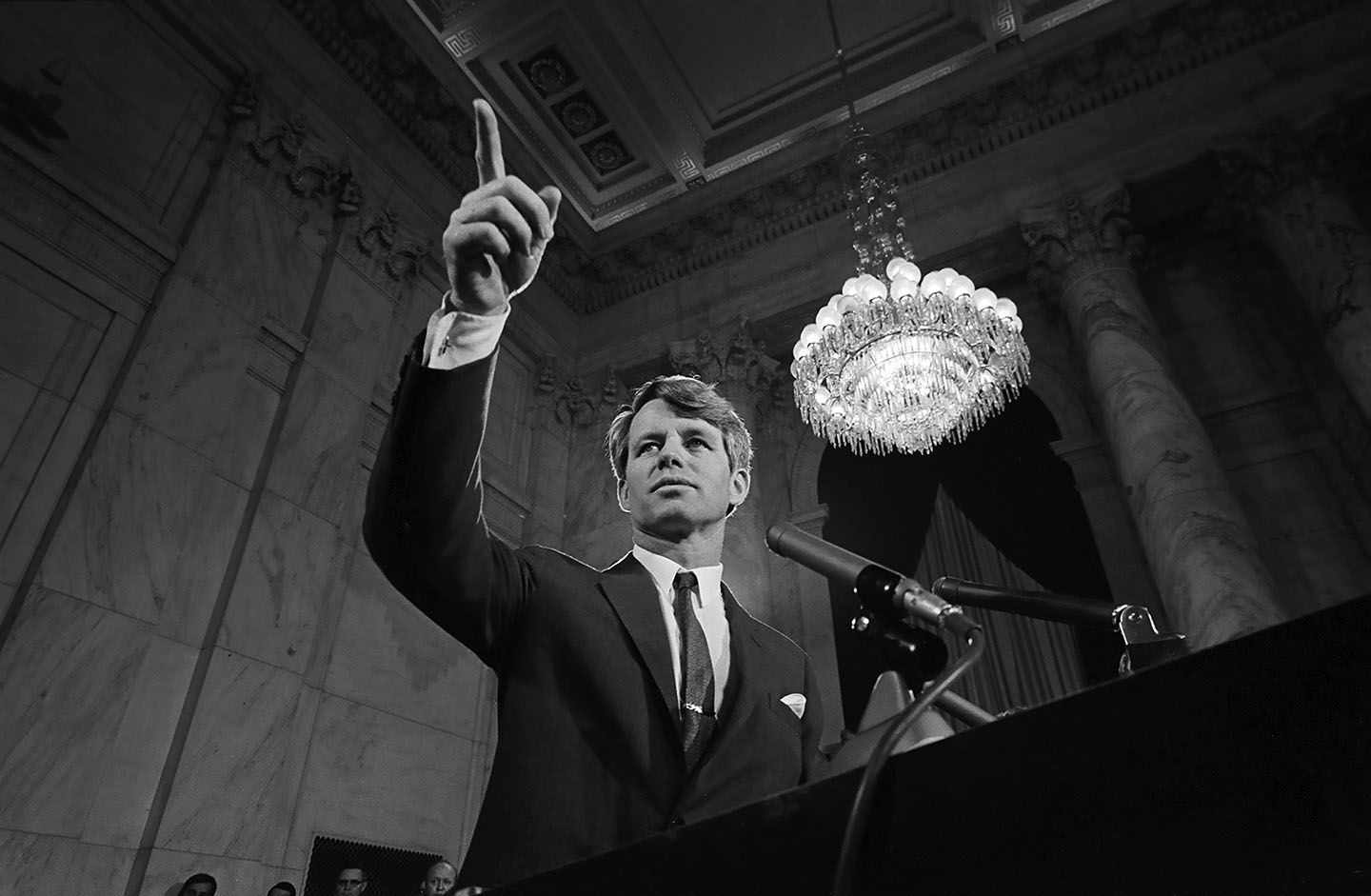
Ingenuity and love of the big picture bordering on obsession played a part in Fred’s buying and flying his own helicopter. Sometimes he would remove the doors and man the controls with his knees to focus and shoot a coveted aerial. He flew over the desperately dry Sea of Grass for the January, 1972 NatGeo article “The Imperiled Everglades.” In the same year that he researched and created the NatGeo article “The Timeless Mystique of Emeralds,” Fred completed his graduate gemology certificate with the Gemological Institute of America in a record-setting 90 days.
After 28 years of NatGeo articles, Fred decided to concentrate on writing and photographing an eight-book series. With Charlotte as editor and author, Gem Book Publishers continues to produce new editions and distribute worldwide.
Three days after turning 81, on July 19, 2016, with Charlotte by his side, Fred passed away in his home in Malibu, Calif. It had been 68 years since his pivotal move to Florida, 63 years since the Coral Gables High yearbook named him “Most Likely to Succeed,” and 58 years since marrying Charlotte. Looking back over the sweep of Fred’s life and accomplishments, she summed up her appreciation: “Everything about Fred was remarkable. He used his relentless drive, vast curiosity, and creative potential to reveal a rapidly changing world. Befitting a movie hero, how I wish that we could make a Fred Ward sequel.”
His vision across the pushpin map took a lifetime to realize—and what a life it was.
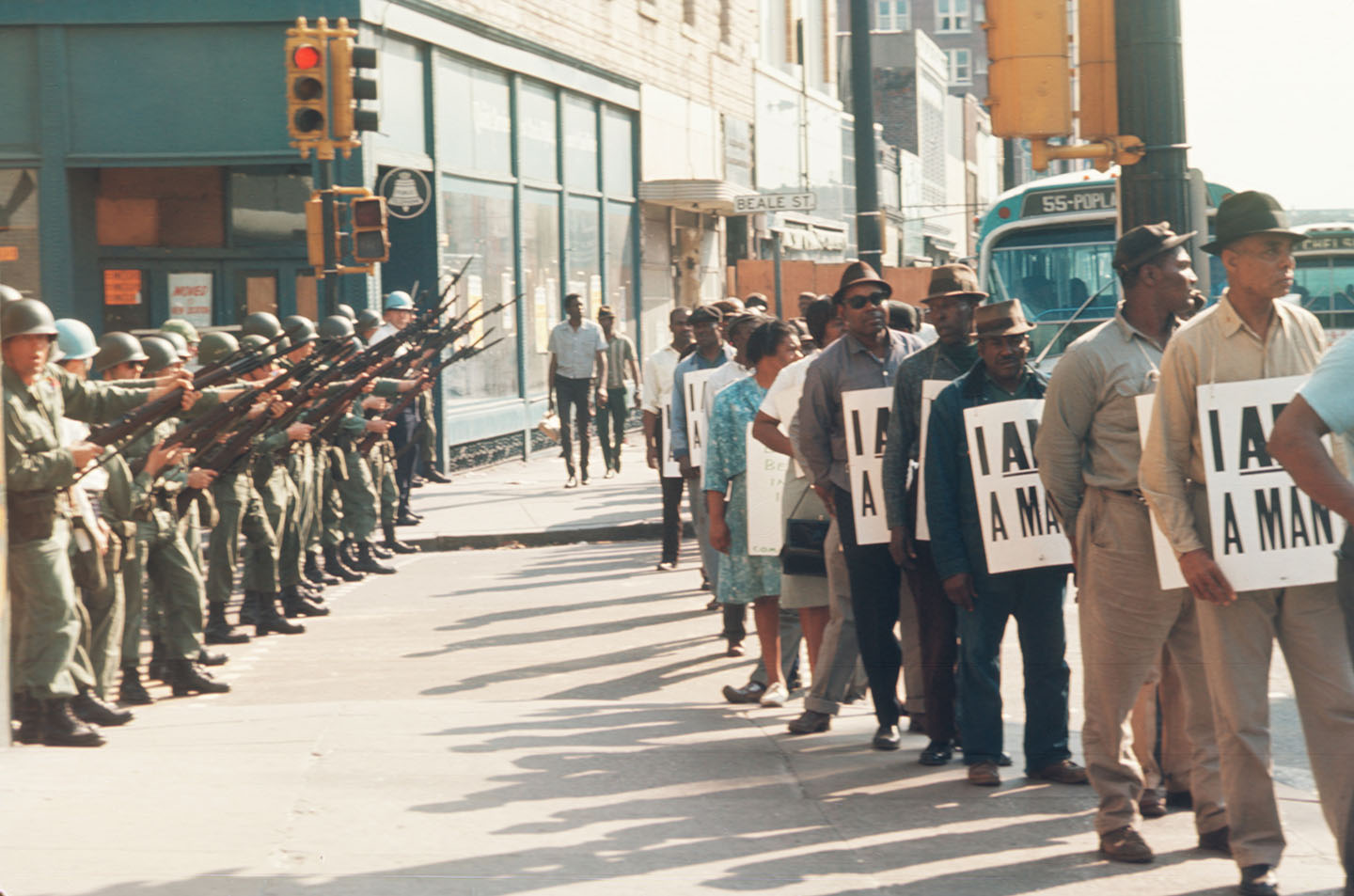
Frederick N. Ward (1935–2016) was a prolific photojournalist whose work was printed in Time, Life, Newsweek and National Geographic and is on display in the Smithsonian, the Metropolitan Museum of Art, the Library of Congress, the International Center of Photography, and the Voyager spacecraft. He won multiple photography awards as well as Distinguished Alumnus of the College of Journalism and Communications and the Distinguished Alumnus Award of the University of Florida. He documented powerful, significant moments such as the Beatles’ first US concert and Jackie Kennedy after JFK’s assassination, and he captured candid shots of prominent figures such as Cuban leader Fidel Castro, singer Elvis Presley on his first tour at the Olympia Theater in Miami, U.S. President Gerald Ford, and civil rights activists Martin Luther King Jr. and Gloria Richardson. His work encompasses a wide range of environmental, ethnographic, nature, celebrity, and political photography in 131 countries over a span of 50 years.
